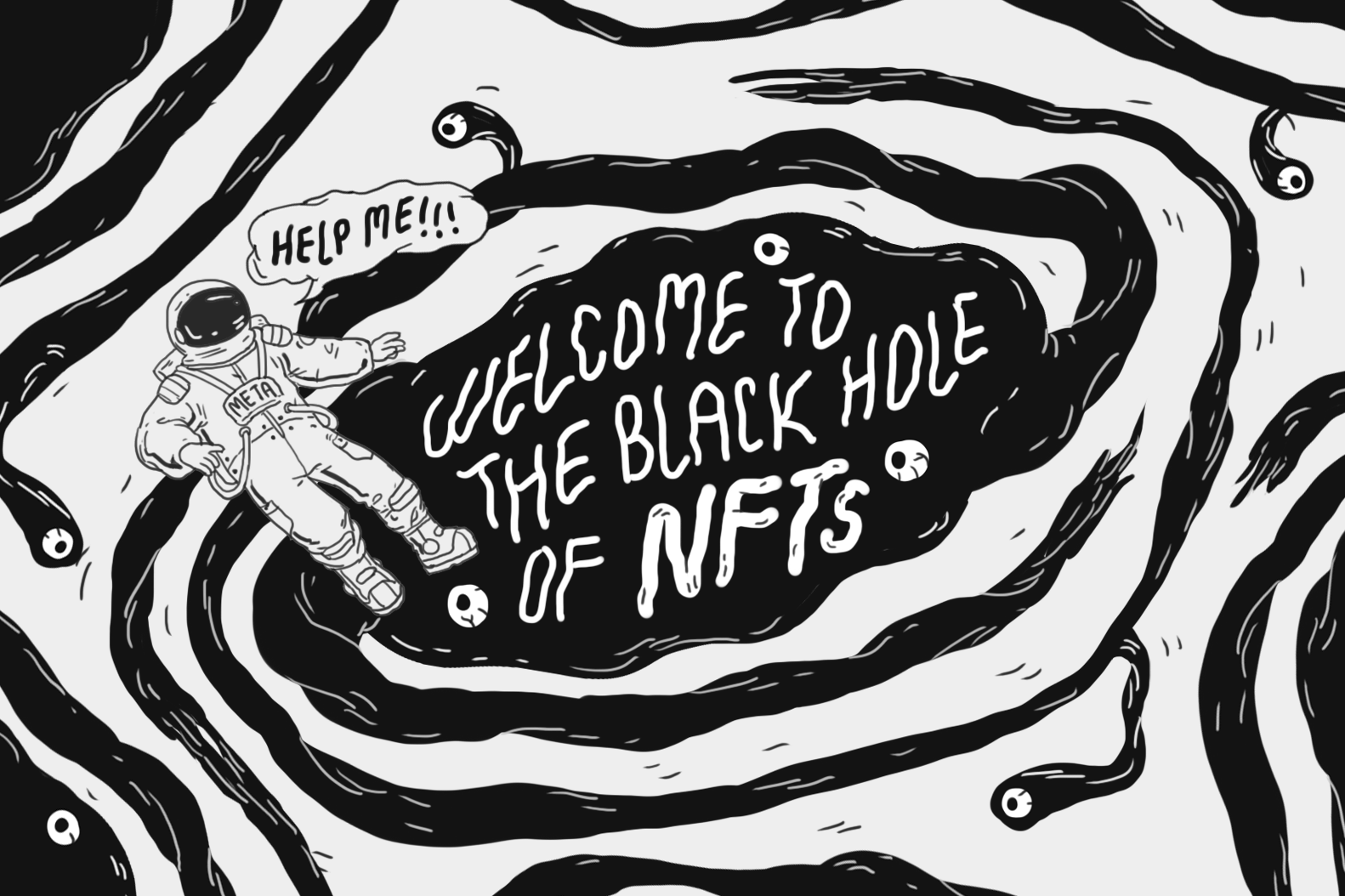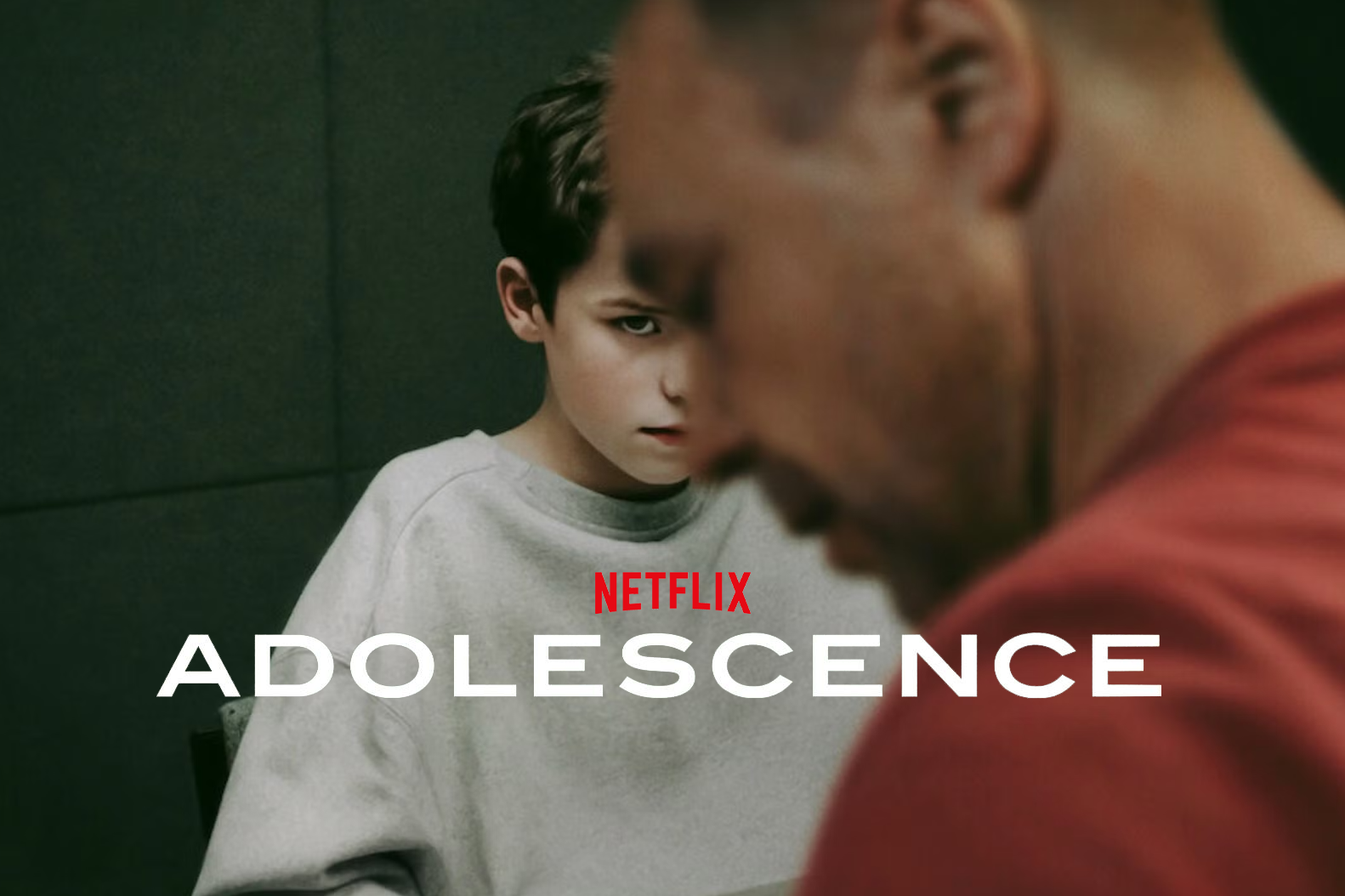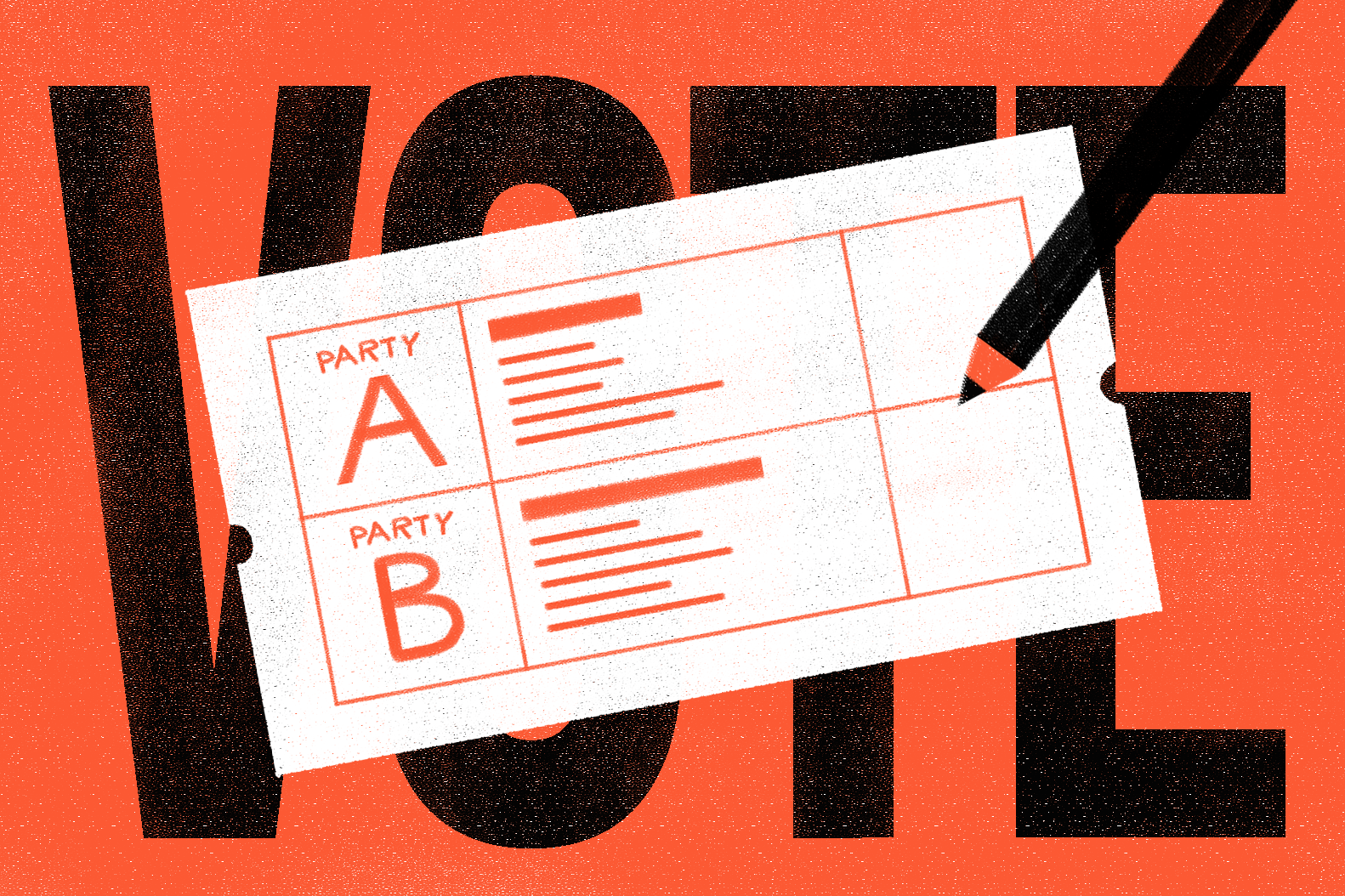If you have absolutely no background knowledge of anything vaguely related to Non-Fungible Tokens (NFTs) and the metaverse, the whole concept can seem rather alien and daunting to talk about.
Nevertheless, these concepts are part of an emerging world that all should be aware of.
So, if you’re as lost as I was when I first heard the words “NFT” and “metaverse” – keep reading!
I’ll attempt to break abstract concepts down into bite-sized chunks for easier understanding.
What is an NFT?
The acronym NFT stands for Non-Fungible Token. But what really is a Non-Fungible Token?
To understand the definition of non-fungible, let’s first start with the Oxford dictionary’s definition of “fungible”:
Fungible: (of goods contracted for without an individual specimen being specified) replaceable by another identical item; mutually interchangeable.
An example might help here: A $1 coin can be replaced with another $1 coin; the value is still the same.
These are fungible items as they can be replaced with another identical item of the same value.
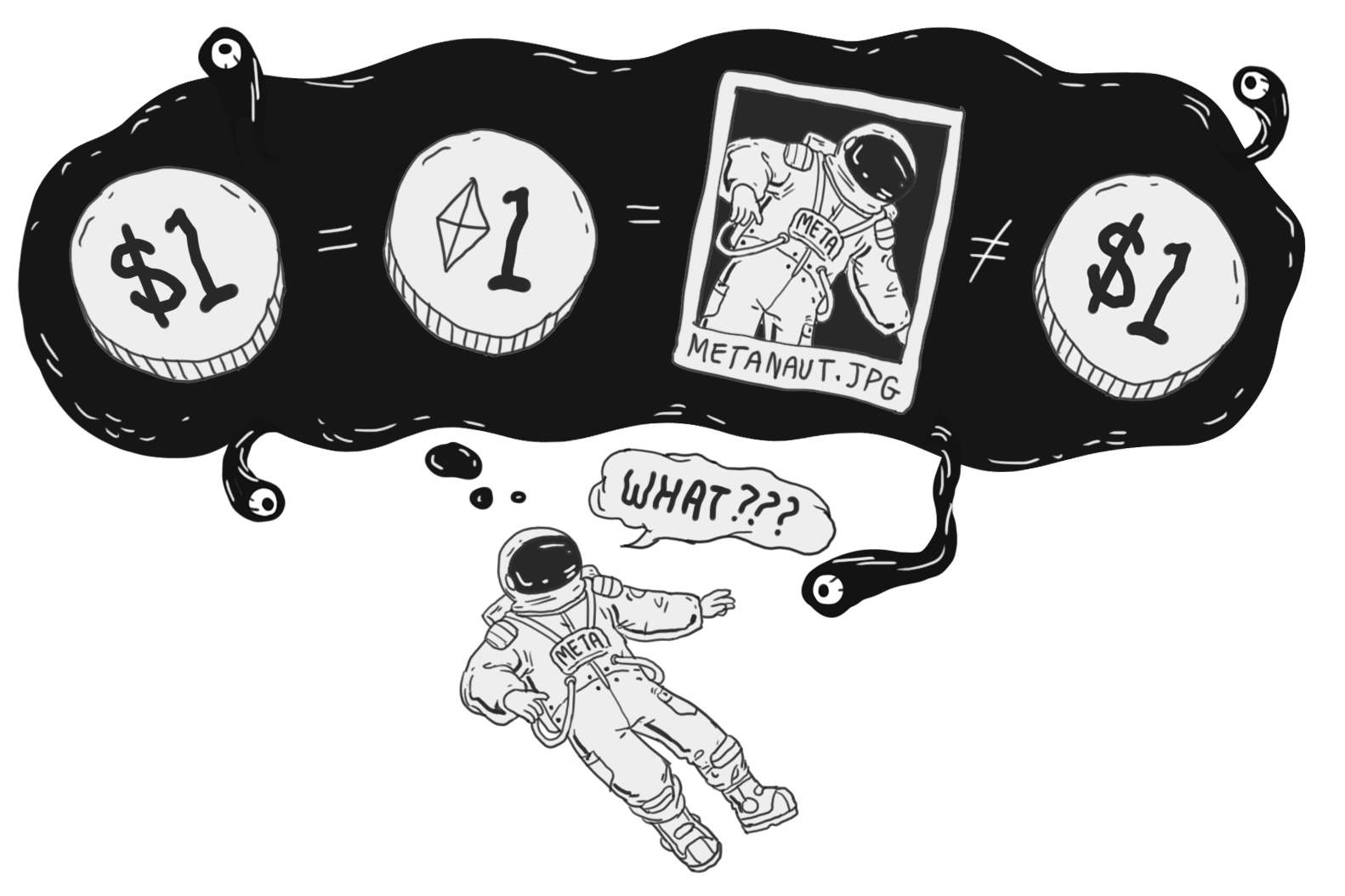
On the other hand, non-fungibility means the item is one of a kind, not replaceable – something that cannot be duplicated or copied.
An NFT is essentially a digital asset with a unique identification code (on the blockchain) which is a certificate of ownership issued directly from the artist/creator that cannot be disputed.
According to Investopedia, the blockchain is a decentralised database linked together via cryptography. Think of it as a ledger for transactions.
When you buy an NFT, you are essentially buying a token that represents a digital contract in the blockchain which shows off your exclusive ownership of this item.
What NFTs do is create artificial scarcity – only one person can own the original exclusive copy of that item.
For example, even if you take a screenshot of the digital artwork that is an NFT, only the person who owns the NFT on the blockchain has exclusive ownership of that NFT.
Why do people purchase NFTs?
One reason for buying an NFT would be to financially support the artist who created the NFT artworks.
Another reason for purchasing NFTs is simply for bragging rights.
When you buy an NFT, you are essentially buying a token that represents a digital contract in the blockchain which shows off your exclusive ownership of this item.
But the main pull factor that is causing so many people to jump onto the NFT hype is its potential to make money fast.
Such people treat NFTs as an investment, purchasing them in hopes that their value will appreciate with time, when the NFTs can then be sold for a profit.
How are NFTs purchased?
The artist/creator uploads a piece of art in the form of a digital file onto a blockchain platform such as Ethereum through a process known as “minting”.
Once this digital file has been minted onto the blockchain platform, it has been tokenised into an NFT and is available for sale to the public.
NFTs are generally purchased using cryptocurrency such as Ethereum or Bitcoin. Buyers will first have to establish a cryptocurrency digital wallet – real money is used to purchase cryptocurrency, the cryptocurrency is in turn used to purchase NFTs.
However, today there are more and more checkout tools that enable people to directly purchase NFTs using traditional payment forms such as credit/debit cards and bank wire transfers.
With all that said, let’s now take a look at few common types of NFTs.
Common types of NFTS
1. Art content
A very common example of NFTs are digital pieces of artwork. These can include digitally drawn images and video content.
One famous example would be the Nyan cat NFT which sold for more than half a million US dollars!
This type of NFT generally functions as collectible art which people buy to keep, support the artist or hold as an investment to sell for profit once its value appreciates.
Many NFTs are digital pieces of art, but tangible assets such as physical pieces of art can also be tokenised on the blockchain and made into an NFT.
2. DAO governance token
DAO stands for Decentralised Autonomous Organisation, which allows for dispersion or distribution of power, functions or decision-making authority.
Simply put: Decisions are made as a collective whole and not from a top-down approach, which allows for transparent and independent intervention.
The main pull factor that is causing so many people to jump onto the NFT hype is its potential to make money fast.
If you have this token, it also functions as a sort of membership privilege, and you are entitled to vote and have a say in whatever decisions this DAO makes.
Examples of DAOs include charities, freelancer networks, ventures and grants.
3. Digital identity
Digital identity like avatars (such as the Bored Ape Yacht Club) are also examples of NFTs.
This category of NFTs functions as membership access to a sort of “digital country club”.
NFT holders become members of this community and are entitled to exclusive membership privileges.
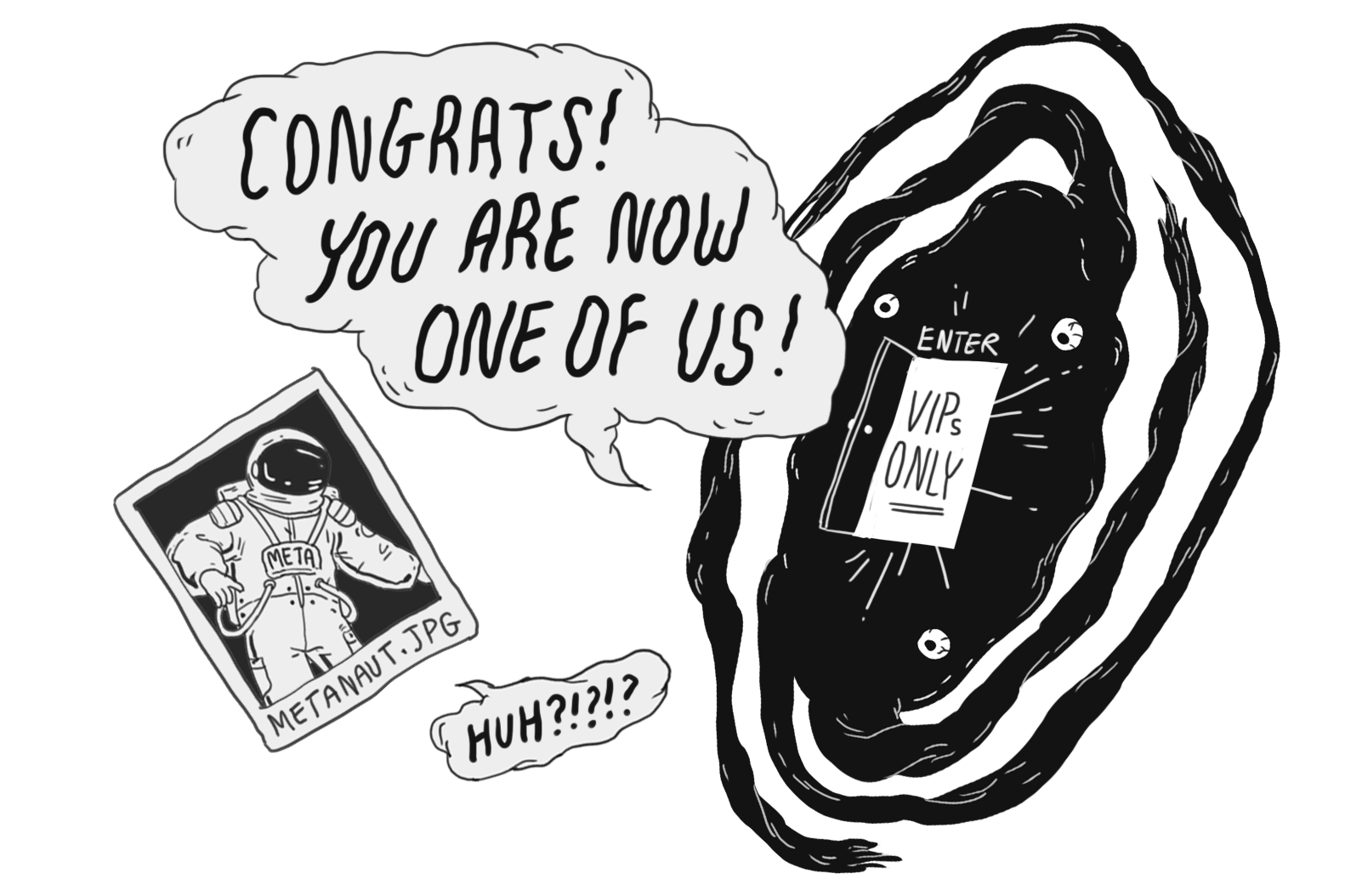
4. Events and ticketing
NFTs of tickets to events are also garnering more attention nowadays. A recent example would be Coachella’s lifetime NFT pass to their music and arts festival.
5. Fashion
Fashion brands including the likes of Gucci and Balmain have also been jumping on the NFT bandwagon, selling NFTs of digital artworks which are accompanied by exclusive collections of their merchandise.
6. Virtual land in the metaverse
Virtual land in the metaverse can also be considered an NFT.
A plot of land in the virtual reality space can be tokenised into an NFT by the creators of that metaverse and sold as a digital asset.
Now, one other term that is commonly thrown around when talking about NFTs and the metaverse is “Web 3.0”.
Let’s take a closer look at what that means.
3 kinds of webs
Web 1.0
Web 1.0 was known as the earliest version of the Internet. It was “read-only”, which meant that websites were mainly informational and contained only static content.
Web 2.0
Web 2.0 is participatory and emphasises user-generated content like YouTube videos or Instagram posts. It also includes blogging, podcasting – basically any content curated for social media.
However, the downside of Web 2.0 is that it is a centralised digital network, in the sense that it is dominated by companies who monetise your personal data in return for providing personalised services.
Web 3.0
Web 3.0 is an emerging version of the Internet, that includes decentralised apps on the blockchain that allow anyone to participate without intermediary companies monetising their personal data.
In other words, no personal data is required to use blockchain servers. Blockchain payment apps used to purchase NFTs thus allow users to remain anonymous.
As blockchain-based virtual worlds and items that are sold on the blockchain respectively, the metaverse and NFTs would fall under the category of Web 3.0.
Now, we’ll come to explaining what the metaverse is.
The metaverse
Meta means “beyond”. Hence metaverse, which is a combination of the two words “meta” and “universe”, means a universe that is beyond our own.
It is essentially a blockchain-based digital world whereby people live vicariously through an avatar.
This concept bears some similarity to how one participates in multiplayer online games.
Right now, there are a few different metaverses like Decentraland, Horizon Worlds and Sandbox.
However, these metaverses are still very much in their “iron ages” with a lot more room for development. There are surely more metaverses to come as well.
As technology advances, however, metaverses may become a lot more real with the increasing adoption and integration of virtual reality devices.
Things like clothes, furniture and avatars in virtual worlds could all fall under the category of NFTs. Indeed, you can already buy houses or plots of land in some of these metaverses!
Discernment is needed for the days ahead.
As technology advances rapidly, it is important to be aware of the latest trends so that we can be prepared for a time if things like the metaverse should ever become the norm.
Hopefully, this explanatory article will provide you with more background knowledge to engage in conversations that will help you to gain further insight into future frontiers.
How can we leverage on such new opportunities for sharing the Gospel? That’s a question we must answer well in the coming years.
- Take a moment to reflect: What is God saying to you through this article?
- In terms of new technology like the metaverse and NFTs, how might you leverage on such new opportunities to share the Gospel?


